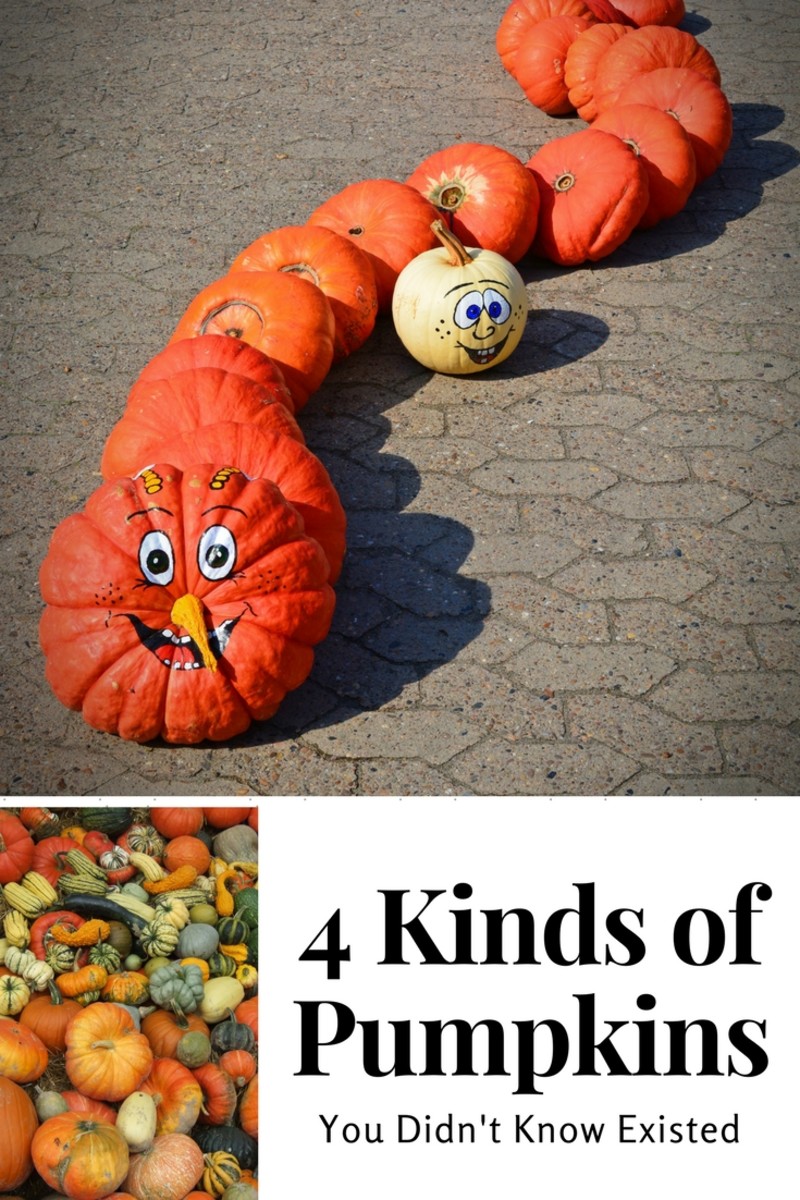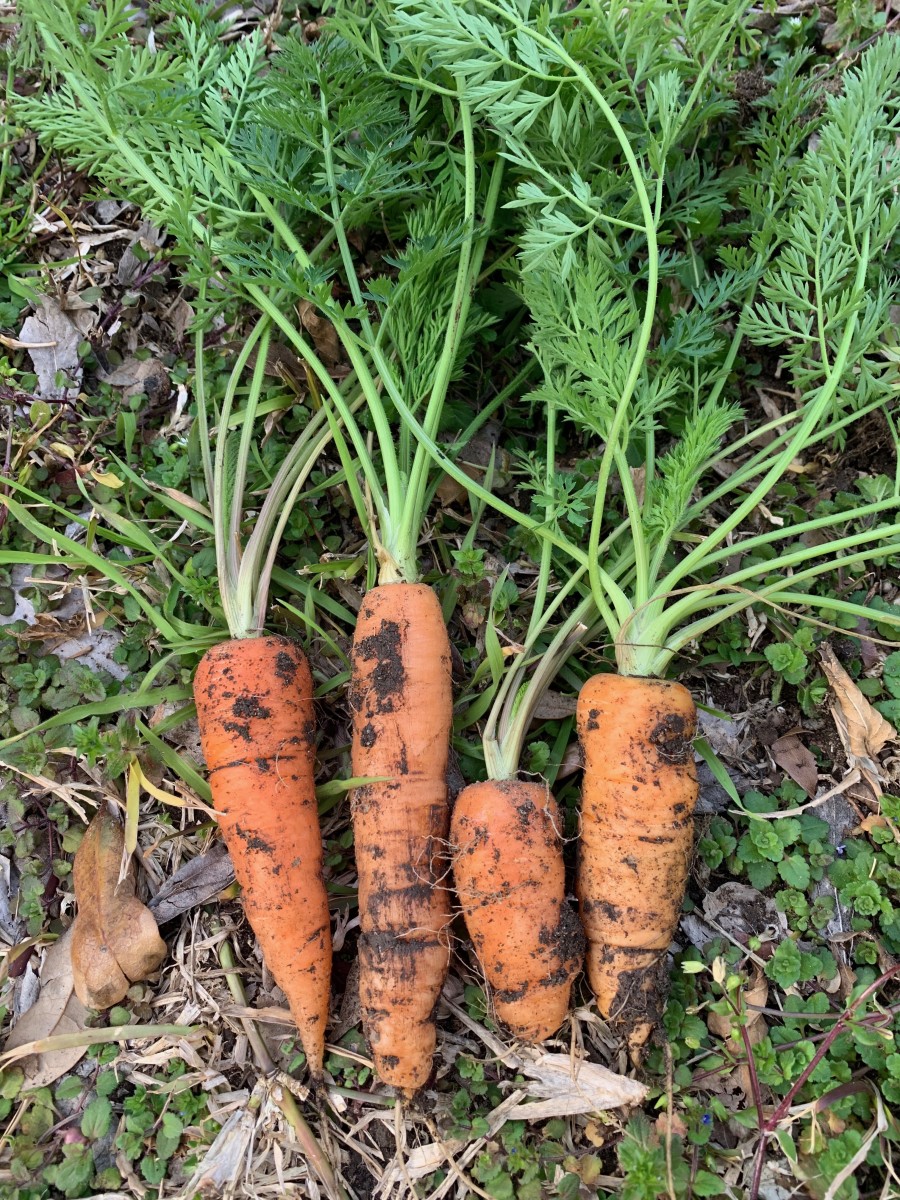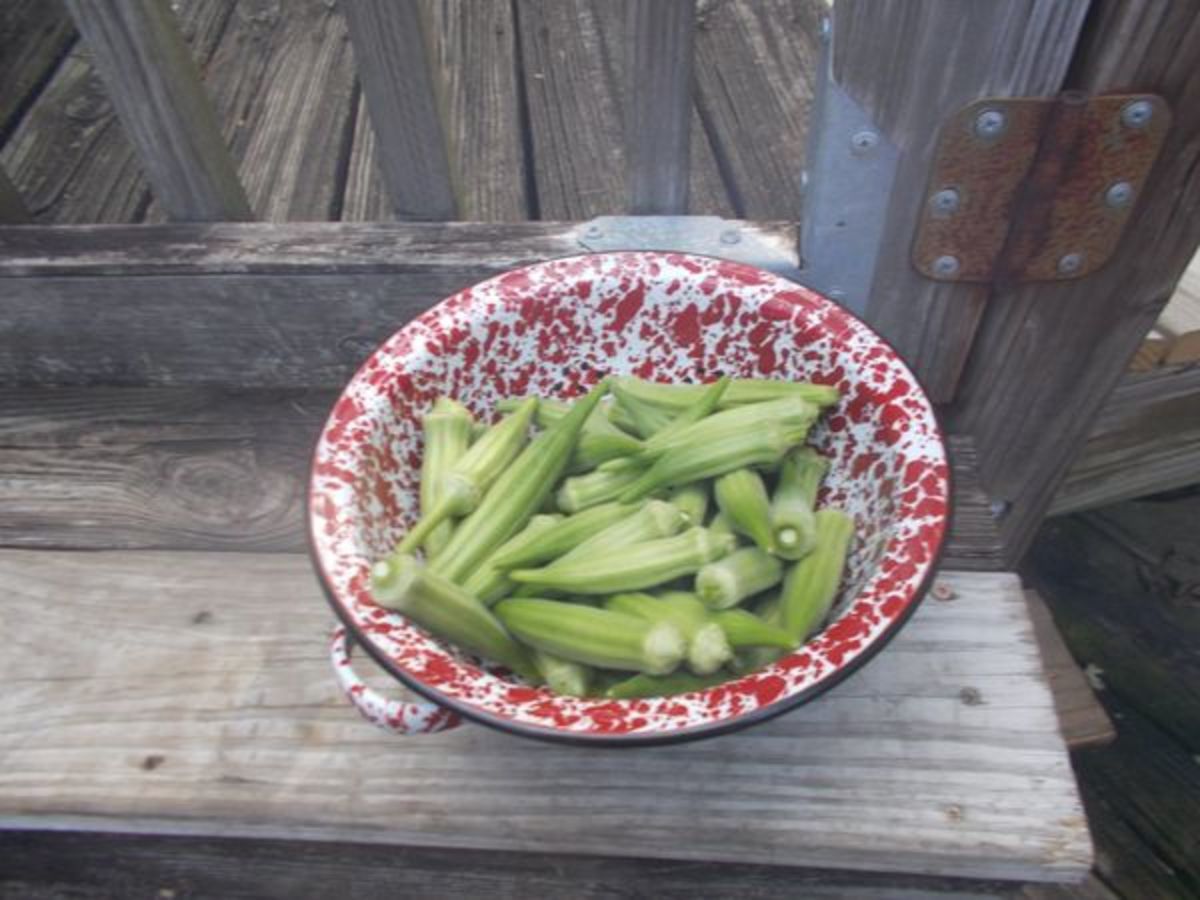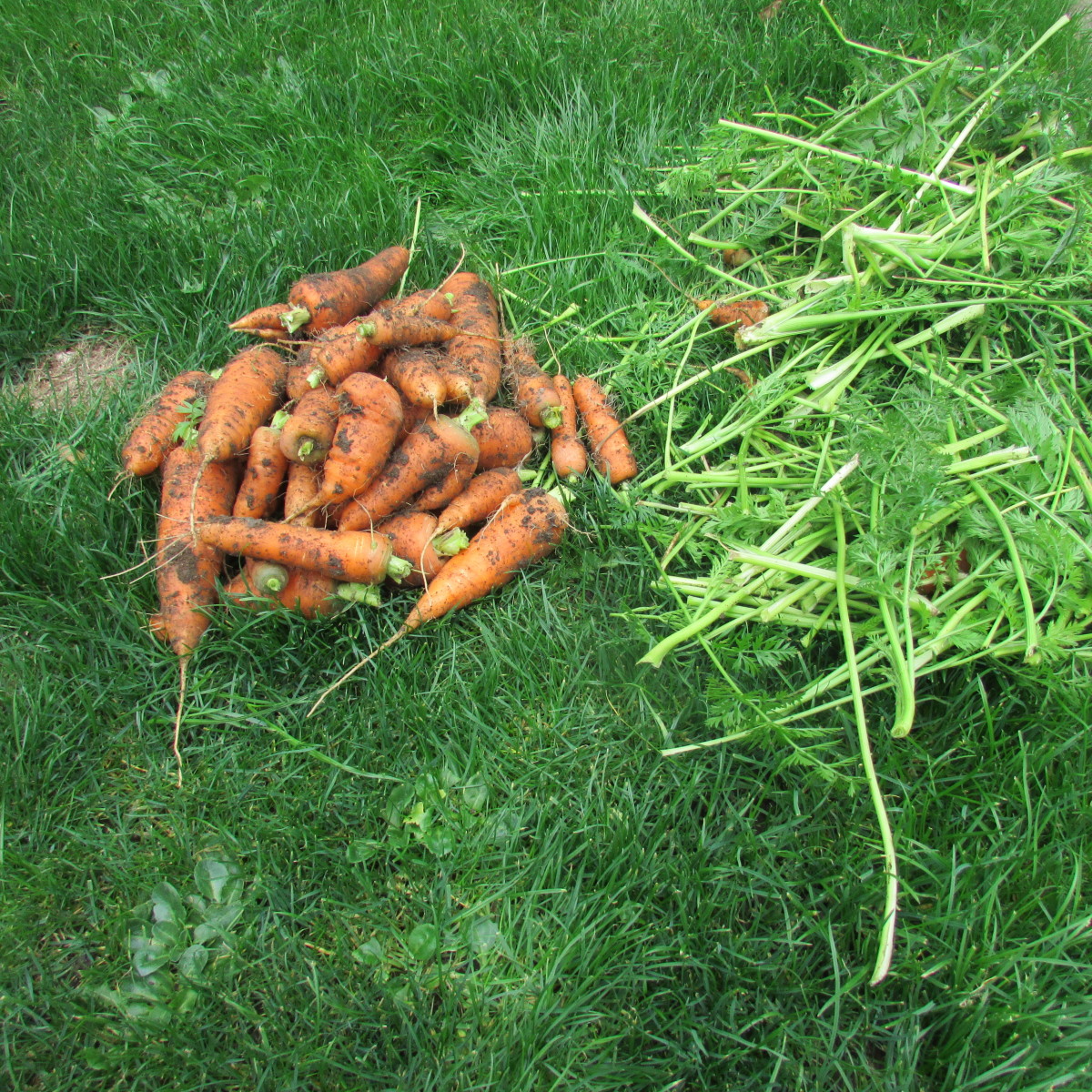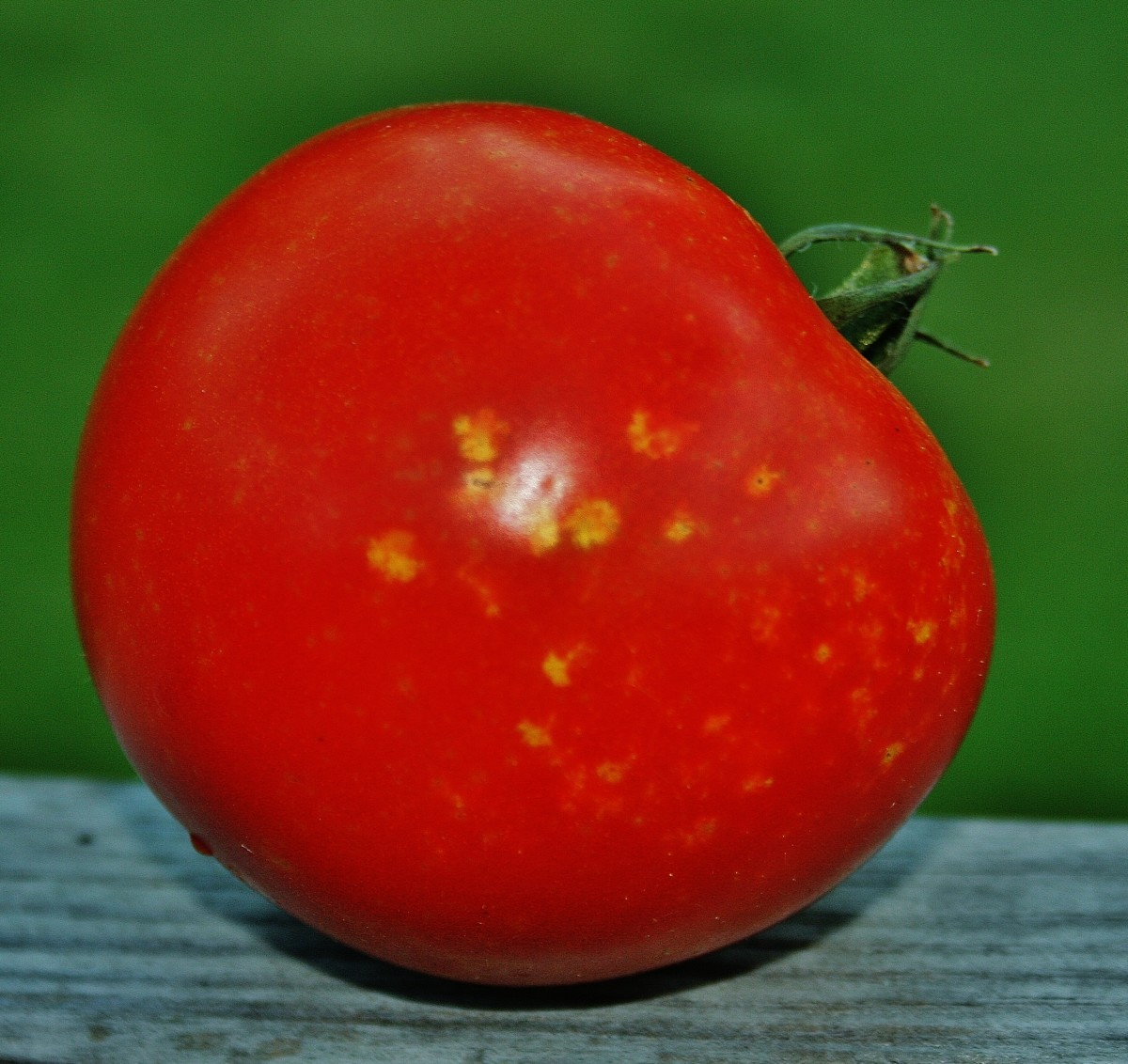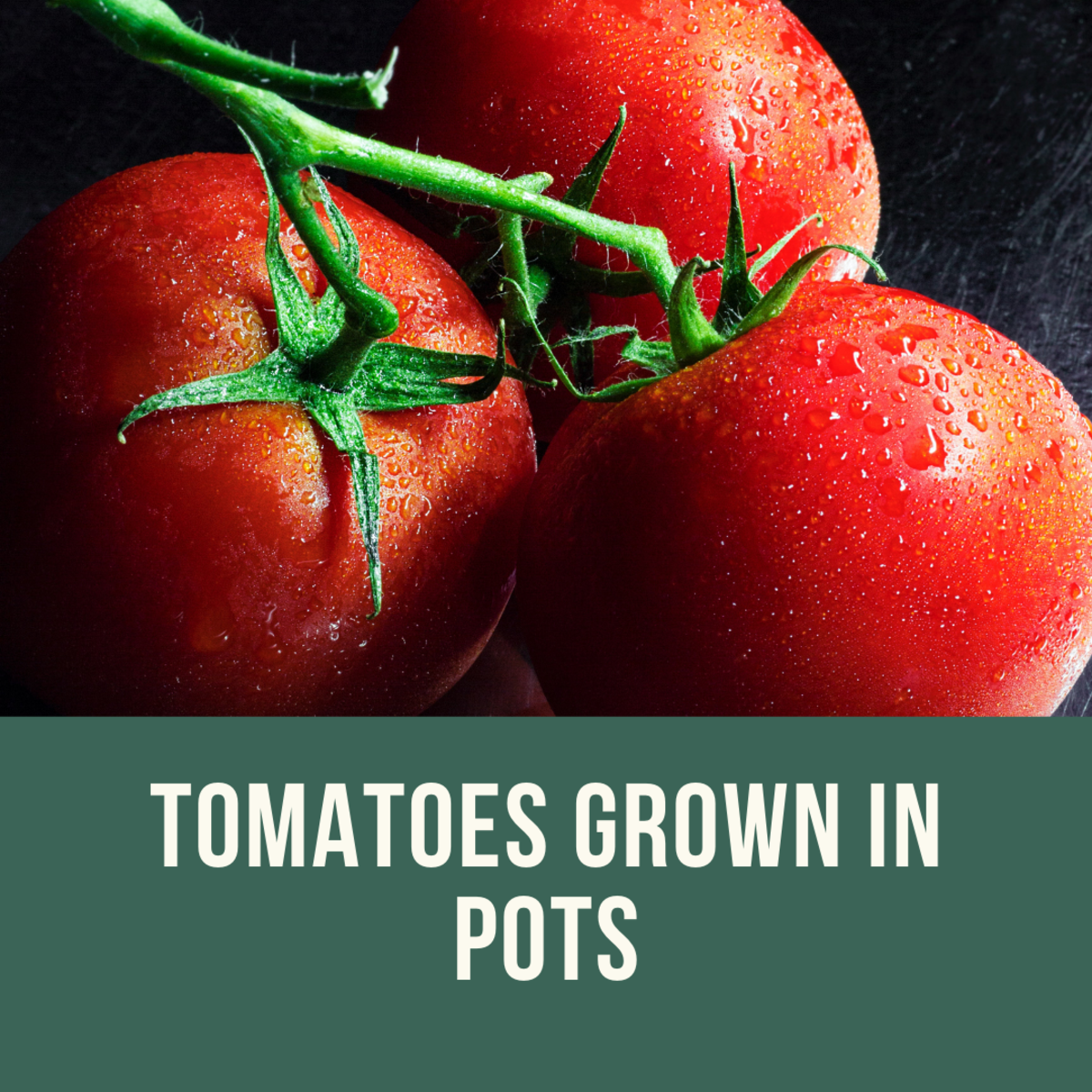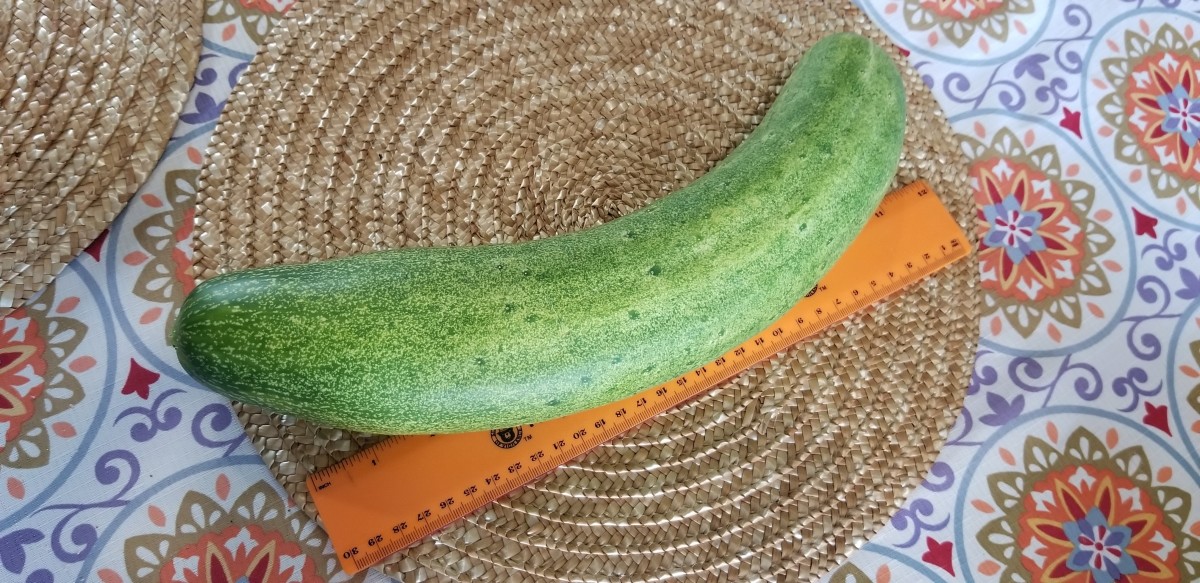Pumpkin Growing Tips
Pumpkins
Pumpkins are a very traditional fall vegetable which are grown for Halloween fun, pumpkin pies (along with other goodies), and fall decoration.
This warm-weather vegetable can be grown in almost all regions in the United States, as most pumpkins, no matter what the size, take about 100 days to mature, with the giant pumpkins taking about 120 days to reach full maturity.
The giant pumpkins may not do as well in the more northerly climates because of the short season, but the others, in an average year as far as weather goes, should do very well.
One of the more popular uses of the pumpkin is for carving designs during the Halloween season, as they work great for creating some scary looks, and are really fun for those more serious pumpkin carvers who attempt to create masterpieces.
Either way, they get about as much attention as any food does outside of its purpose of being eaten.
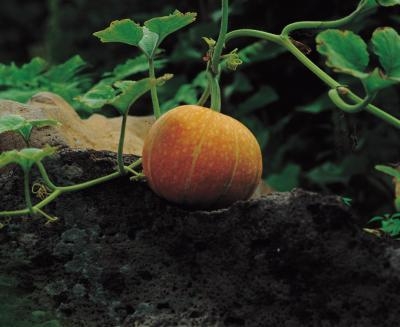
Pumpkin Varieties
With any long, vining fruit or vegetable like the pumpkin, there needs to be some thought put into what it is you want out of your pumpkins. That will determine the variety you pick, as will the space you have to grow them in.
Are you looking for miniature pumpkins to decorate around the house during the fall season? In those cases you will want to look at those in the 2lb. to 5 lb. range. If you only have a small area to grow in, a bush type is probably the only option for you. There actually are pumpkins that fall into both of those categories, such as semi-bush Sugar Treat.
Maybe you want to grow a giant pumpkin. If you want the best chance at a really trophy pumpkin, there is none better than Atlantic Giant.
Other features you may like are handles that are big and long, true bush types, or pumpkins with a nice dark orange color and dark green handles. All of this, and more, is part of the decision-making process in deciding on which pumpkin variety to grow ... or maybe two.
It's not complicated, it's just a matter of taking into account the growing area available to you and what the pumpkin variety or varieties that will meet your needs are.
Where you have problems is if you have no plan and just plant the pumpkin seed out there without thinking it through. Even the bush types will take up about 4 square feet of space, so be aware of how much room you have before you plant.
When to Plant Pumpkins
There are a couple of things to think about in regard to when to plant your pumpkins.
The first is not to only be sure all danger of frost has passed, but also that the soil has completely warmed up. Pumpkins will fail to germinate if the soil is too cold. In northern areas usually near the latter part of May is a good rule of thumb (especially when you want them for Halloween), although take into account whether or not the weather is performing in its usual patterns. If the cold weather is hanging on longer than usual, wait the appropriate time before planting your pumpkins. Sometimes areas can frost over all the way to June in some locations.
If you're planting your pumpkins for Halloween or fall decorating, sowing them in the early part of July will work for warmer southern states. You could plant a little earlier if your state is in the mid-section of the country.
Be aware if you plant your pumpkins too early, they won't make it until Halloween because they don't last long and will get soft and rot before then.
Successfully Growing Backyard Pumpkins
How to Plant Pumpkins
All pumpkin varieties should have seed planted at about an inch deep.
Miniature pumpkin varieties can be planted with up to three seeds for each two feet of row. When the first true leaves appear thin to every two feet. Rows should be around eight feet apart if you have more than one row.
For bush varieties, plant in rows with a couple of seeds for each foot of row. When they emerge, thin to one plant for every three feet, choosing the most robust plants there are. Bush varieties, if you're planting more than one row, should have rows four to six feet apart.
Semi-bush varieties are best planted with about five seeds per hill. Thin when the first true leaves of the plant appear to every four feet, keeping the two best plants in each hill. If there is more than one row, space them about eight feet apart.
Vining pumpkins require the most space to grow, with 100 square feet being optimal, although as little as 50 square feet could work okay. Plant up to five seeds for each hill, allowing for about six feet between hills. Rows need to be at least 10 feet apart, and can be up to 15 feet apart. Thin the hills to no more than three when the plants are ready.
Pumpkin Care
Pumpkins are tolerant to heat and so do pretty good in the hot weather. Still, you need to watch them during very hot, extended periods, watering them as they need it.
For cultivating, they need to have a fairly weed-free area, so shallow cultivate consistently to manage the potential problem.
Because bees are vital to the pollination of pumpkins, be careful how you use pesticides. They should only be applied in the latter part of the afternoon or in the early evening hours because the blossoms will have closed by that time.
Since bees stop their work by then and the old blossoms are closed, it'll be safe until the next day when new blossoms open up. Bees only work in the open blossoms, so they should be safe from any insecticide you used the afternoon or evening before.
Pumpkins and Cross-Pollination
There are some concerns by gardeners growing pumpkins that related crops could cross-pollinate and damage the plants and its fruit.
Depending on the companion plants planted, there is a chance of cross-pollination, but it does nothing to the plants that are growing now. That's only a factor when a gardener is going to collect seeds for next year.
In that case there can be some bizarre results, as you won't know what is going to come out of the ground. But for the current crop of plants, there is nothing to be concerned about.
Insect Challenges
As with many cucurbits like squash and the cucumber, pumpkins are susceptible to squash bugs and cucumber beetles.
The best way to combat them is earlier in the growing season before they become an almost uncontrollable hoard. Use the appropriate insecticide to manage the problem while keeping the area clean. Apply ounce a week until under control.
If left alone, the populations of these two pests continue to build up into the later summer and early fall, where they can cause enormous damage to pumpkins and other crops.
While they attack all parts of the plant, the pumpkin fruit itself is vulnerable because the bugs could damage it, causing it not only to look bad, but also result in a short storage life.
Spotted and Striped Cucumber Beetles
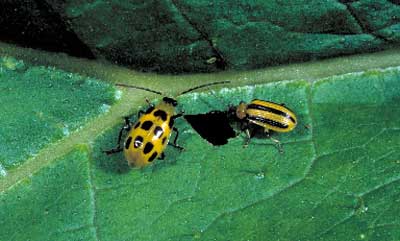
Harvesting Pumpkins
You know a pumpkin is ready to harvest when it reaches the expected color for its type. Since this is a deep, solid orange for most pumpkin varieties, that's of course what you look for. The rind also should be hard when they're ready for picking.
For other varieties, be aware of what they should look like when they mature, and harvest accordingly.
One exception to this is if your vines die before they should. In that case harvest the pumpkin and store them until Halloween or for when you want to set them out.
The timing of the harvest, if the vines continue to be healthy, is in the latter part of September or the early part of October. Don't let a frost hit them.
Removing Pumpkins from Vines
An important part of pumpkin longevity and storage after being removed from the vine is cutting it correctly in the first place.
Be sure to have a good set of pruning shears or a sharp knife available to do the job. Although it may be fun to do it, don't take the stem and snap it off.
You want to have a pumpkin with about three to four inches of stem attached to it. If you snap them off or cut them wrongly, it will result in a pumpkin with a very short storage life.
Another tip is you have to be careful when handling pumpkins so you don't injure or bruise them. If you do injure them they won't keep long either.
If you have a pair of gloves you may want to use them because a number of pumpkin varieties have sharp little prickles on their stems, which can irritate when they come into contact with the skin.
How to Grow Giant Pumpkins
Aside from choosing the correct variety to produce giant pumpkins, there are a couple of things you can do to help it grow to its full potential.
The best time to plant the giant pumpkins are in the early part of June for fall harvest.
This jumbo plant must be given some room to grow, and so be sure to have around 150 square feet of room for each hill you plant. Have no more than two plants per hill for these pumpkin types.
Best practices of shallow cultivation and regular insect management are essential, as is being sure the plants are fertilized at a high level.
A major secret is when the plant begins to bloom, remove the first several female flowers so the growth goes into the leaves before the fruit begins to set.
Once you have the development of an individual fruit, remove all the female flowers that come after that. In other words, don't allow any more pumpkins to grow on the vine.
Finally, if you've ever grown vining plants, you know how the vines will root down into the ground. with giant pumpkins you don't want to allow that to happen.
The reason for this is pumpkins of this type grow very quickly, and if the vine is rooted, the expanding pumpkin could actually break from the vine, ending its growth cycle.
Since you're needing to watch only one vine per plant, it shouldn't be hard to just lift it up gently to be sure it doesn't take root.
Pumpkin Storage
The key to longevity for a stored pumpkin is temperature and dryness.
Pumpkins don't like moisture, and will rapidly break down if they are exposed to it. Place them in a dry place with a temperature range of 45 to 55°F, or as close to it as you can get.
Assuming you have carefully handled your pumpkins and left at least an inch of stem on them, and didn't damage them while they were being harvested, they will last for about three to six months under the storage conditions mentioned above.
Never store a pumpkin in the refrigerator.
Pumpkins
Whether you grow tiny pumpkins or gigantic ones, seeing the amazing fruit mature as the fall season arrives is quite an experience.
Even though there are different colors, the mostly deep, orange hue the majority of pumpkins really displays well, and makes you want to get out a knife to carve them up; both for food or for a great Halloween jack-o-lantern.
Add to that the many ways you can display the disparate sizes and looks of a pumpkin, and you have a very versatile and terrific tool you can put to a number of uses..
Pumpkins are one of the last plants in the garden before winter hits, and it's worth the time and effort to have them ready to usher it in.

